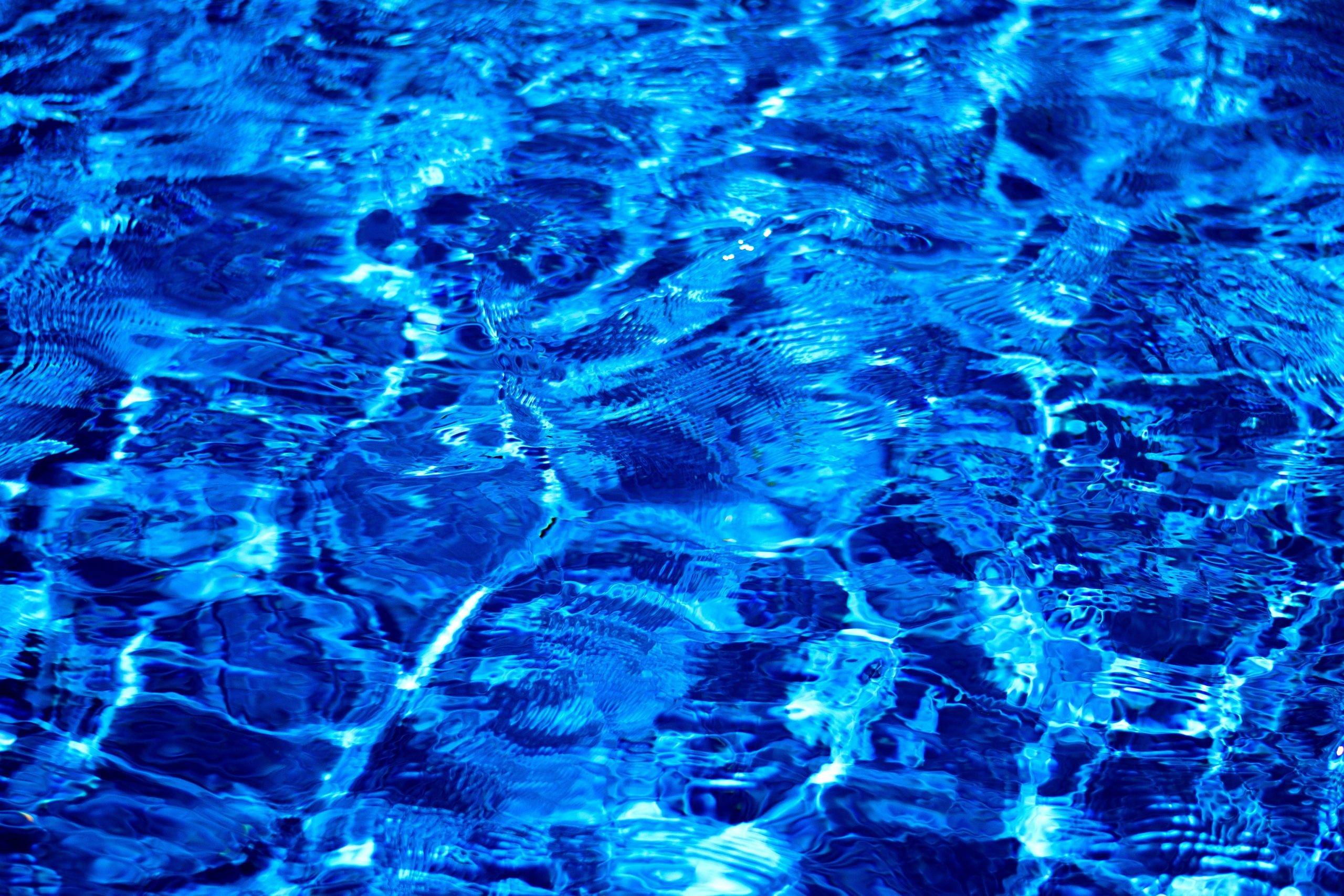One for the chemists please! 
A bottle of Taylor R-0007 reagent in the UK delivered is approx £15 for 60ml (2oz). That's nearly $20!
R-007 is a N/10 solution which (I'm no chemist) on investigation means 24.8g sodium thiosulphate(ST) per 1000ml or 2.48g per 100ml.
(Stop yawning at the back!)
You can buy ST crystals freely and very cheaply. Smallest 10g sample was £2 which would be enough for 400ml of solution = approx 7 of these Taylor 60ml bottles which would have cost (7x£15) = £105 as opposed to £2.
Am I missing something?.......a trick maybe?
A bottle of Taylor R-0007 reagent in the UK delivered is approx £15 for 60ml (2oz). That's nearly $20!
R-007 is a N/10 solution which (I'm no chemist) on investigation means 24.8g sodium thiosulphate(ST) per 1000ml or 2.48g per 100ml.
(Stop yawning at the back!)
You can buy ST crystals freely and very cheaply. Smallest 10g sample was £2 which would be enough for 400ml of solution = approx 7 of these Taylor 60ml bottles which would have cost (7x£15) = £105 as opposed to £2.
Am I missing something?.......a trick maybe?
Last edited:


